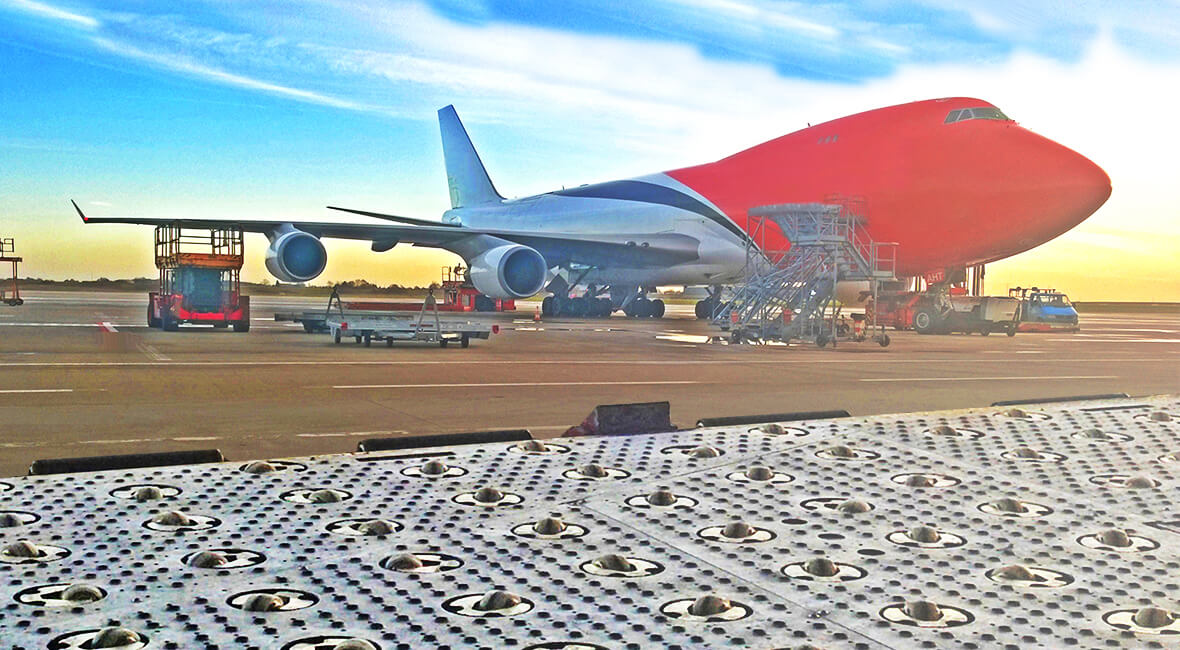Assessing resistance to starting and rolling.
Ground conditions, total weight of the device, type of tyres and type of bearing affect the resistance to starting up and running, and therefore have an influence on the manoeuvrability of the device.
Ground conditions.
In relation to ground conditions the following general rule applies: hard ground – soft wheel and vice versa. The type of floor surface requires the choice of a different product profile. For example, in living and office areas no impression should be left behind on fitted carpets or marks left on shiny polished floors. In addition to qualities that are kind to floor surfaces, requirements for material resistance to chemicals, oils, ageing and storing should also be taken into account.
Surface pressure.
Floor covering, especially in the high traffic areas around doors, is heavily affected by being rolled over by a wheel. The maximum surface pressure is therefore an important factor in the combination of castor and floor covering (unit: N/mm2). It should always be below the permitted surface pressure of the floor covering, so that it is protected. For good practice the greater the load on the castors, the wider and larger the wheel should be. Soft wheel material reduces the maximum surface pressure, however they make the manoeuvrability of the transport system more difficult.
Resistance to starting, rolling and swivelling.
Wheels do not roll by themselves. They have to be moved. The force that has to be applied in order to move a device forward, or to steer, is called rolling or swivelling resistance. This resistance is dependent upon various factors, such as the load, the diameter of the wheel, the tyre material, the type of bearings, the offset radius of the castor, and the ground conditions. Criteria that also influences the resistance to swivelling are types of swivel bearings, ball track and ball bearing diameter.
Chalking
The coloration of the floor by particles of the tyre is called chalking. This is a physical process that occurs with elastic tyres and is very difficult to avoid. However chalking can be removed with standard cleaning products, on surfaces such as PVC, rubber and stone.
Contact discoloration.
Leaving behind traces is not always advisable. This is most apparent when a black rubber tyre is left standing on a light floor covering for a long time. This is called contact discolouration. In order to avoid this side effect, high qualityand electrically conductive rubber tyres are manufactured free of contact discoloration. Aggressive cleaning agents or unsealed grounds can influence the contact discoloration freedom negatively. If you need further information, please let us know!










